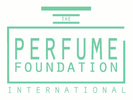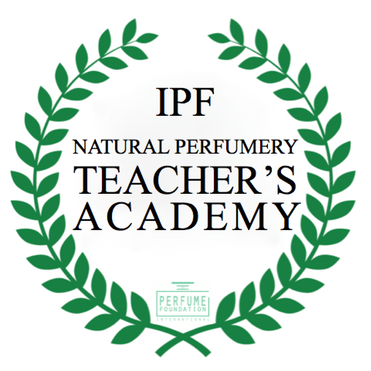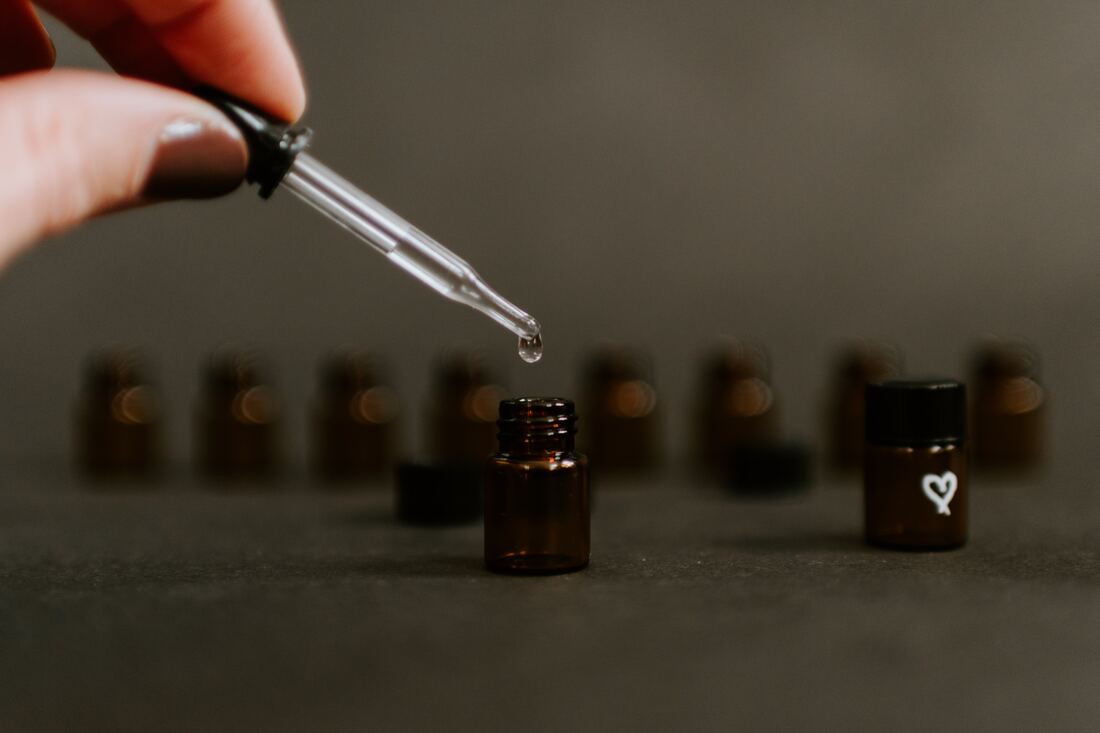|
By Françoise RAPP, IPF France Chair, Natural French Aromatherapist and Natural Perfumer Expert Essential oils are natural products used by different industries, among which stand out pharmaceutical and food industries. Due to the variability inherent to all-natural products and growing problems of adulteration, the 8 marker points listed below aim to draw attention to the main criteria determining the quality of an essential oil. Purchasing and using a quality essential oil have a strong impact all along the production and consumer chain. From respect of the producers work to the impact upon human health, it is vital to be vigilant in what you purchase as a natural perfumer, therapist and consumer. 1. What are the quality criteria? The quality criteria of an essential oil are established after in-depth analysis which certifies compliance with standards well established by AFNOR (body for the development of French, European and international standards) which is based on chemotypes (its biochemical ingredients), its density, appearance and odor. 2. What are the regulations around the world?
3. What technical documents prove the quality of an essential oil? Each batch of essential oil (the batch number must be written on each bottle) has technical documents certifying that the product meets compliance criteria certified by a specialized analysis laboratory. Be sure to find it on the brand's website or ask for the essential oil analysis sheet if you want more transparency about the quality of your product. More and more brands clearly display this data on the product sheet of their website. 4. What quality tests are essential oils subjected to? Essential oils are subjected to in-depth analyzes in specialized laboratories for this purpose. • Gas chromatography to map the precise chemical identity of the essential oil and display all of its chemotypes. • The hydrometer to measure the exact density of the essential oil. • The rotatory power makes it possible to demonstrate that the essential oil is pure and natural with reference to AFNOR standards. • The flash point to measure the flash point and check if the essential oil has not been "diluted" with a vegetable oil or a less natural solvent. 5. Is there a market price? The market price is dependent on tariff fluctuations which are frequent because they depend on criteria linked to various external constraints like any agricultural raw material. Among these, we note the following: • The seasonality which is essential to obtain favorable prices during the harvest period. • geopolitics or crises that can ignite the price of local raw materials. • Quotas decided for ecological reasons (eg rosewood in Brazil). • the climate which can be devastating or on the contrary help to produce an exceptional crop quality. • the “fad” phenomenon which can fuel certain venalities or a rise in prices due to excessive consumer demand. 6. What does "100% pure and natural" mean on the bottle label? This mention often written on the labels of the bottles of essential oil means that this one has not undergone any transformation and that it is not diluted, not rectified, not deterpenated, not rectified (100% pure) and that it comes from a "natural" raw material (the plant). 7. What are the mandatory inscriptions on the label of a bottle of essential oil? • The best before date or expiration date after opening • Chemotypes or the essential oil identity card. The main 3 must be listed as ingredients. • The full botanical name in Latin of the plant • The origin or provenance of the plant • The plant organ used to obtain the essential oil 8. What can impact the quality of an essential oil?
In a world where essential oils can be purchased in large food stores and products can be sold such as this while this is not at all… Caution is definitely required and this is what you are going to learn through the French Natural Aromatherapy course starting on February 7th.
0 Comments
|
Archives
March 2024
Categories
All
|
- Home
- About
- Why choosing us
- Mission
- Academicians
- IPF Certification
-
COURSES
-
MASTER CLASSES
- Teaching Methodology
- Natural Raw Material Extraction Methods >
- Natural Candle Making
- Healing Gardening
- Sustainable Oud MasterClass
- World Perfume History Master Class
- Scent Design and Formula Building >
- Fragrant Botany & Chemistry >
- Perfume Design, Concept and Storytelling
- French Natural Aromachology #1
- French Natural Aromachology #2
- Olfaction Training for Children
- Accords - Musks
- Accords - Chypre
- Accords - White Florals 1
- Accords - Fougeres and Aromatics
- FRAGRANCE DEVELOPMENT
- SPEAKERS
- EXHIBITIONS
- Partners
- Blog
- Contact




 RSS Feed
RSS Feed
